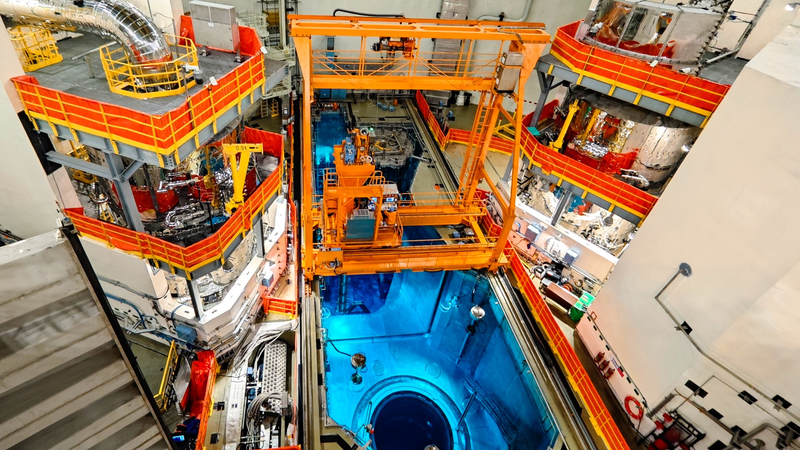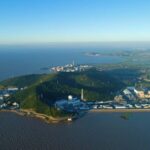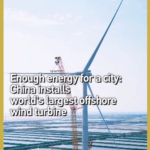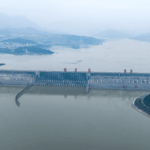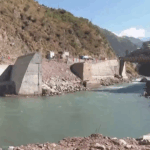China's clean energy ambitions took a significant leap forward as fuel loading commenced at the second Hualong-1 reactor in Zhangzhou, Fujian Province, on Saturday. The milestone marks a critical phase for the nuclear power unit, which began construction in 2020 and is now entering nuclear system debugging ahead of planned grid connectivity.
A New Era for Homegrown Nuclear Tech
The Zhangzhou Phase II project represents China's largest Hualong-1 reactor base, a third-generation nuclear technology designed with enhanced safety features including double containment shells and passive cooling systems. Once operational, the unit is expected to generate 10 billion kWh annually – enough to power 4 million households while reducing carbon emissions by 8.16 million tons yearly.
Strategic Energy Shift
Analysts highlight the project's role in China's broader strategy to derive 10% of electricity from nuclear sources by 2035, up from 5% in 2022. The National Energy Administration recently stated: "This advancement strengthens energy security while supporting our carbon peaking and neutrality goals."
Economic Ripple Effects
The development creates opportunities across Asia's clean energy sector:
- Supply chain growth for nuclear components
- Technical collaboration with neighboring markets
- Workforce development in next-gen reactor operations
Commercial operations are anticipated to begin by late 2024, with three additional Hualong-1 units under development at the Zhangzhou site.
Reference(s):
cgtn.com
